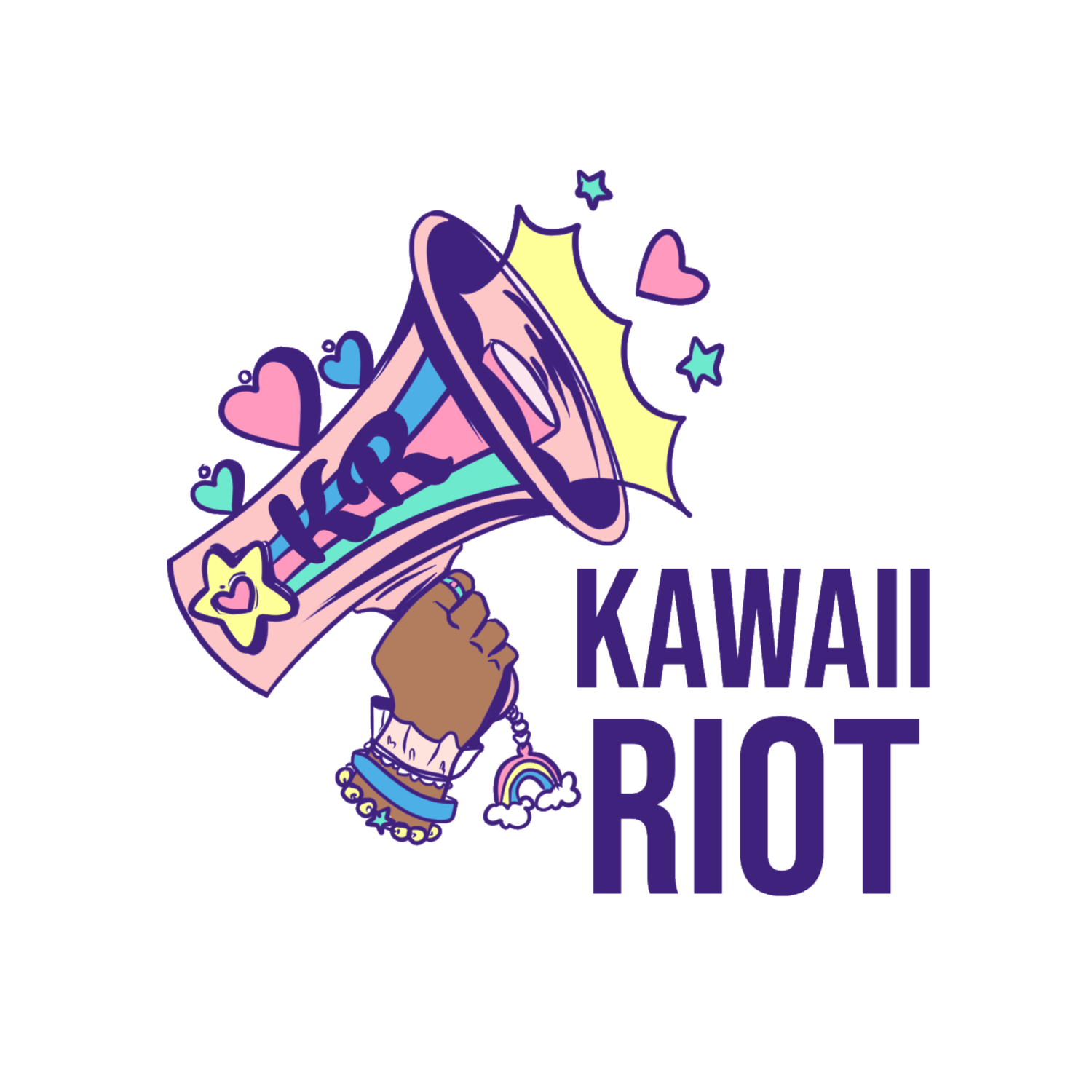Language Inclusivity in the Alternative Fashion Community
Today we have a couple of suggestions for mindful language and inclusivity in alternative fashion and lifestyle communities. We are all learning about what we can do better. To encourage that initiative, take these four suggestions and apply them in your spaces. These are the building blocks for creating an inclusive future.
Be proactive about using thoughtful language
Alternative fashion and lifestyle communities are comprised of people from all over the world. Sharing thoughtless words can cause more harm than we initially perceive. Establish some ground rules about the type of language you accept in your community. An excellent place to start is knowing the difference between identity-first language versus person-first language and establishing that there is no place for derogatory words in a space meant to enact change. Derogatory language comes in many forms, so clarify that you will not tolerate racial or ethnic slurs, anti-semitic, homophobic, sexist, ableist, or any other forms of discrimination. Instead, be proactive in using inclusive language by encouraging your community leaders to converse in ways that accept, include, and enact no harm to others. Work to eliminate harmful language, but be proud and proactive about what’s said in your community. Recognize that individuals can choose to be inclusive and encourage that they make that choice.
Be mindful of Microaggressions
Microaggressions are about subtle (or not so subtle) ways one can make a person in a marginalized group feel alienated or dismissed. Note how your community engages with one another — this is especially important for moderators or community leaders. In many communities, microaggressions slide into regular conversation and engagement without being checked or called out. Moderators are a great first response to microaggressions and can encourage thoughtful conversations or a space for education on why these thoughts are not accepted in the community.
Identify and fight unconscious bias
Unfortunately, unconscious bias is a social plague for communities. Start by combating learned universal stereotypes in the community. This can happen by showcasing the different perspectives and stories of community members. Uplifting and amplifying marginalized members who are a part of the community is a significant first step, and continuing to do so normalizes their contributions and creativity in the group for the future.
Learn from each other!
Finally, be open to learning! As communities grow, be open to receiving feedback or suggestions from marginalized people in what would encourage them in this space. Creating a world where we treat each other well means we must take the time to learn from each other. We can work together to build an inclusive community. The Kawaii Riot team is here to encourage education and inclusivity, so feel comfortable engaging with our resources and content. We can learn together, and we hope that you will play a part in encouraging this learning from now on. Everyone works at different paces. Continue to voice that you’re learning and building for inclusivity, and you’ll find us right there with you.
Things to Take With You:
Terms used in today’s article:
Identity-First Language: Any language that refers to the disability first when describing a person (for example, “disabled person”).
Marginalized: When a group of people are ignored by society, treated as lower status, or excluded from basic human rights.
Microaggression: An intended compliment or joke that contains a prejudiced insult that marginalized people experience in their daily lives.
Person-First language: Any language that refers to a person first and the disability second (for example, “people with disabilities”).
Unconscious bias: learned stereotypes from social and environmental experiences that are deeply ingrained, universal, and able to influence behavior or perception of another.



